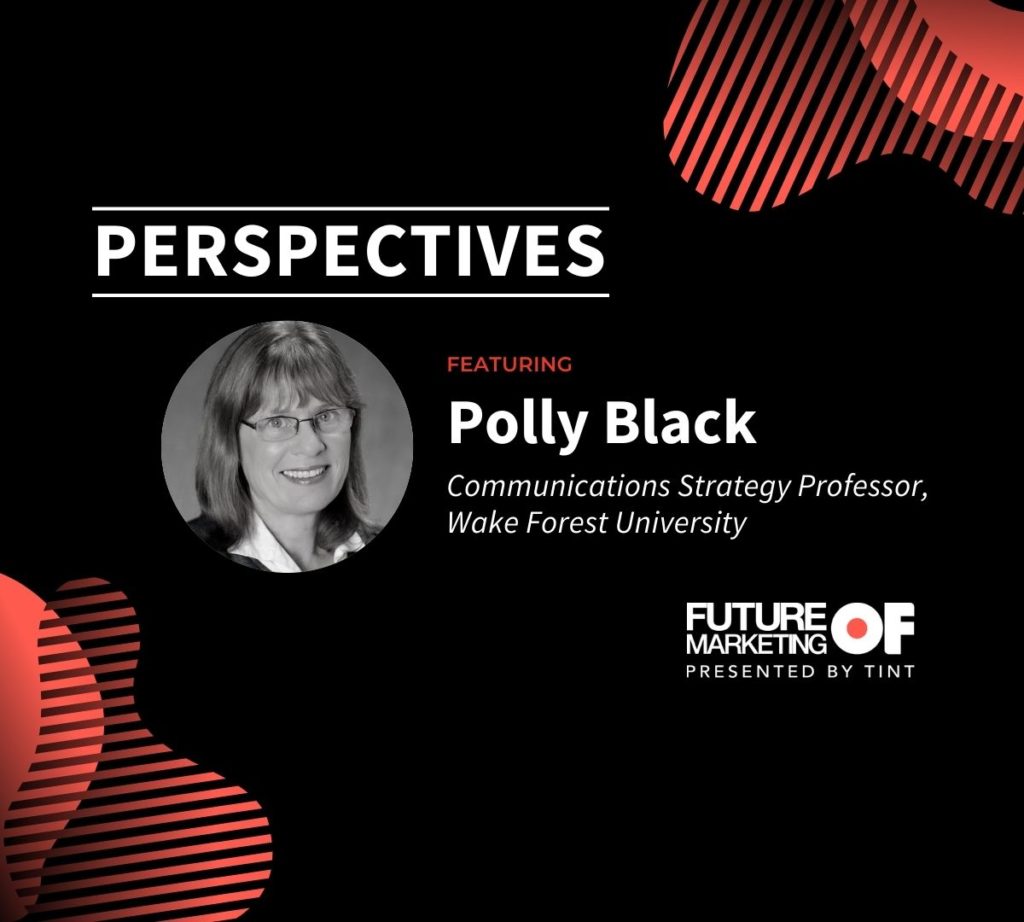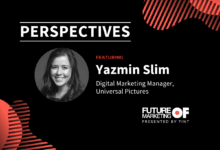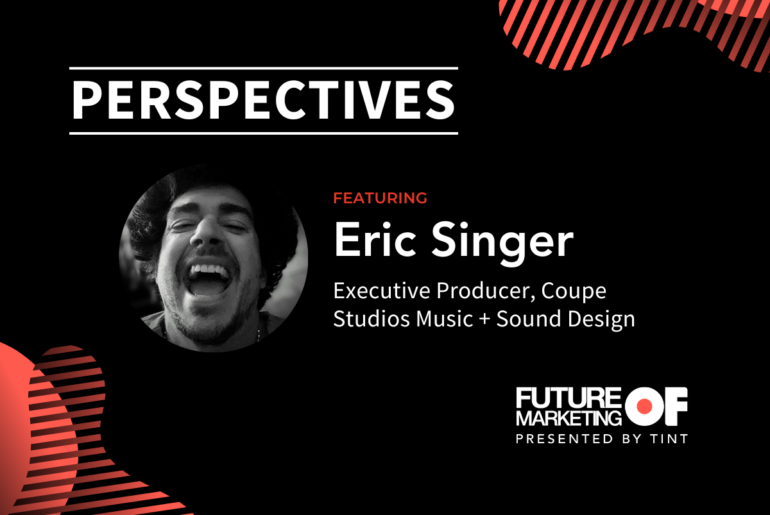
Perspectives is a series uncovering routines, inspiration, and insights by global brand leaders shaping the future of marketing.
EDITOR’S NOTE: Polly Black is a former marketing executive for Fortune 500 companies, including Frito-Lay, Hanes, and Newell Rubbermaid. She is currently teaching Integrated Communication Strategy and Marketing Communications at Wake Forest University. In her own words – Polly shares her perspective on:
- Valuing people, experiences, and going all-in…
- Understanding different viewpoints to stimulate thinking…
- Current trend acceleration and what this means for the future…
And more…
Describe your routine. What do you do for a living? What does your typical day look like?
I’m a professor so my routine varies very much with the time of year – and of course, whether we happen to be in a pandemic!
All days begin early with a dog walk – I have to say earlier in summer than winter due to weather. And it depends on how late I stayed up to read my book versus how hungry the dog is in the morning!
During the semester I’m very focused on my teaching, so my routine surrounds preparing for and delivering classes, meeting with students, and grading. During the summers, my work days are more focused on doing my research, which is how the social net is affecting consumer trust of companies.
But really – I like to travel in summer. Get away. Not do work! So I always set aside time for that.
How do you wind down from a long day of work?
What does “winding down” mean?! I’m not familiar with that concept! 🙂
Most evenings, I throw on the TV. Maybe catch a re-run or a movie on Netflix or Peacock. Maybe cook a new recipe (no, my middle name isn’t Julie). Plus I’m a puzzle addict, so sometimes I do a puzzle on my iPad. Before bed, I get out my book. Some nights I make it through two pages, some nights through two chapters. Just depends.
Weekends I go trail hiking with my dog.
What is a book, podcast, person, or event that helped shape your career – and why?
I’ve had sort of a dual career. Started out as a CPG marketer and rose up through those ranks to senior levels of Fortune 500 companies.
I have to say I think my experience getting my MBA at Darden (UVA) shaped that career. First-year was so intense and competitive, and the classes I enjoyed by far the most were the marketing classes. Then, I got an internship at Frito Lay between my two MBA years and I was all in!
It was a perfect mix of strategy, practice, psychology, and sociology. Loved it! Actually ended up going back there after I graduated.
Many years later I became interested in social media and joined some colleagues to start up a social media agency. Unfortunately, that was just before the crash of 2008. We didn’t make it across the chasm that opened up.
But during that time, I did start teaching social media for the Exec Ed program at Darden, and that got me into being an academic. So I got my PhD and now I am a professor teaching marketing communications at Wake Forest University.
What is something interesting or surprising you learned in the last few months?
I’m struck by how often the course of history, both collective and individual, turns on happenstance.
Two people just happened to meet, or not. The message just happened to get through, or not. The conditions were just right, or not. The pandemic just happened to break out, or not. A decision was made, or not. The communication was meant one way, but was taken another and set off a chain reaction.
Someone just happened to say, happened to do, happened to be. What if they hadn’t?
It just made me think about how important it is to be all in. That means not only to value friends and experiences as they come (and go), but also to engage in shaping the future for a better tomorrow – to commit to being that person who just happened to say, happened to do, happened to be.
Who or what do you look to for inspiration?
Well, of course it depends on what I want inspiration about. With regard to marketing inspiration, I think blogs and podcasts provide fertile ground for stimulating my thinking. I also think it is interesting to see what is going on on social media and how people are responding to messages companies share.
I also turn to my students, who view the world from a perspective I don’t have.
In general, I think it is so important to get out of your echo-chamber bubble. So, regardless of where you turn, make sure you are engaging with a point of view that is not your own, a perspective you don’t share.
What do you feel most marketers struggle with?
Getting into the heads of their consumers.
Marketers easily fall into the trap of being constrained in their thinking – constrained by what the company’s objectives are not the consumers’ objectives, constrained by a budget, constrained by the echo-chamber and lingo of their company or industry, constrained by what worked (or didn’t) in the past, constrained by who they are themselves and their personal opinions and perspectives.
It is hard to put yourself fully in someone else’s shoes and think like them, but that is the key to unlocking powerful marketing.
What advice do you have for marketers and creatives who look up to you?
Marketing is a broad field. Find out what aspect of it you have passion for and find your way into a position that does that.
When you get there, don’t be afraid to be all in, to try new things, to shake up the status quo. Be on the cutting edge. That’s where the energy is.
What are you excited about or looking forward to?
I am excited to see how our experiment with virtual work and social distance will change how our economy works, how we work, how life works. I think some of these changes were already happening, but the coronavirus has accelerated the pace of change. I can’t wait to see how that gets carried forward.
Final question… What does the future of marketing look like to you?
The future of marketing looks more customized to the job at hand, a lot more targeted, more localized, more fragmented, more multi-faceted, more outsourced, more flexible, more reactive, and more data-driven.
It looks less massive, less standardized, less conventional, less pre-programmed, less formulaic, less of a one-way communication.
Want to learn from more marketing leaders? Subscribe to Future of Marketing.




